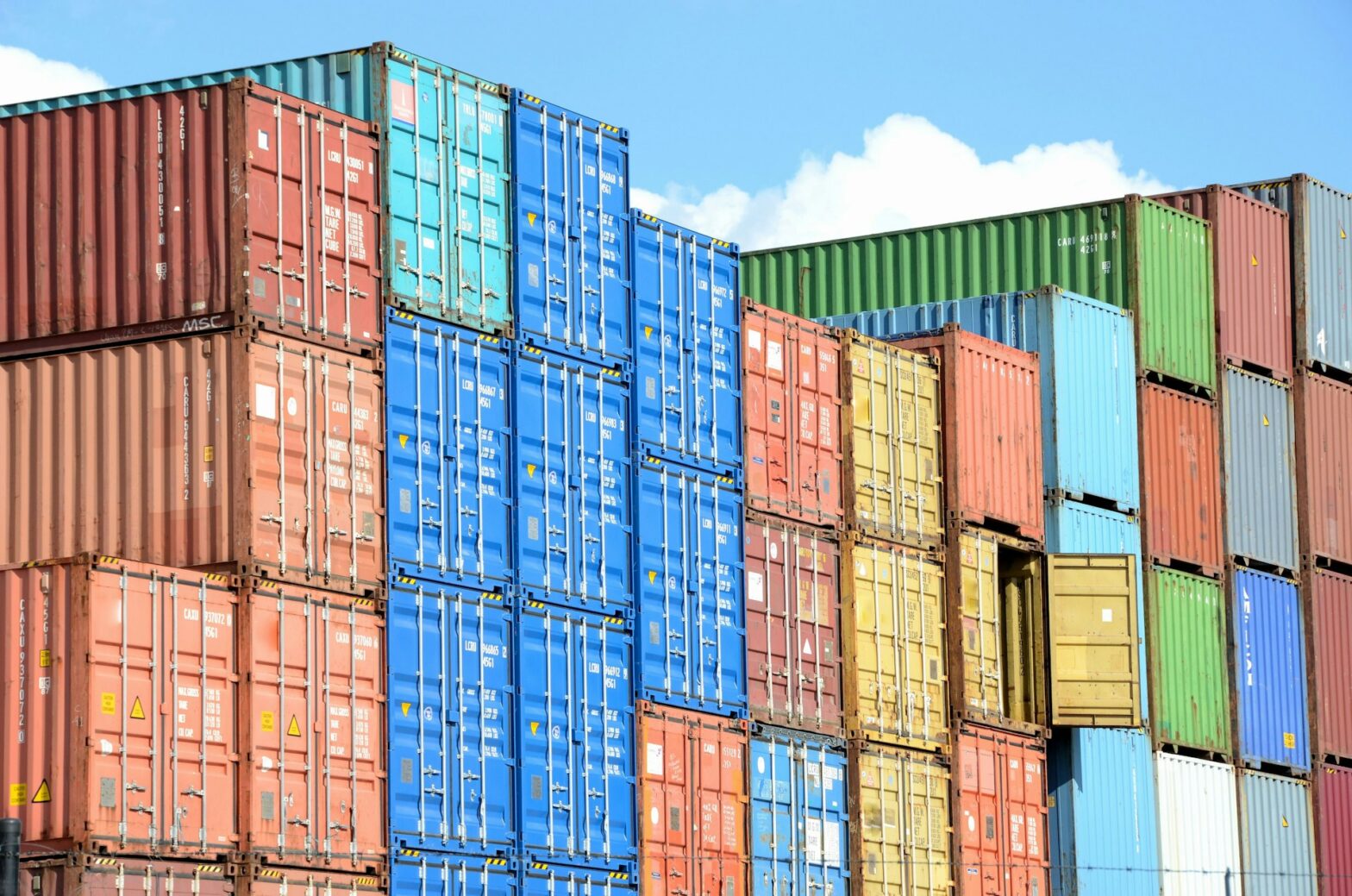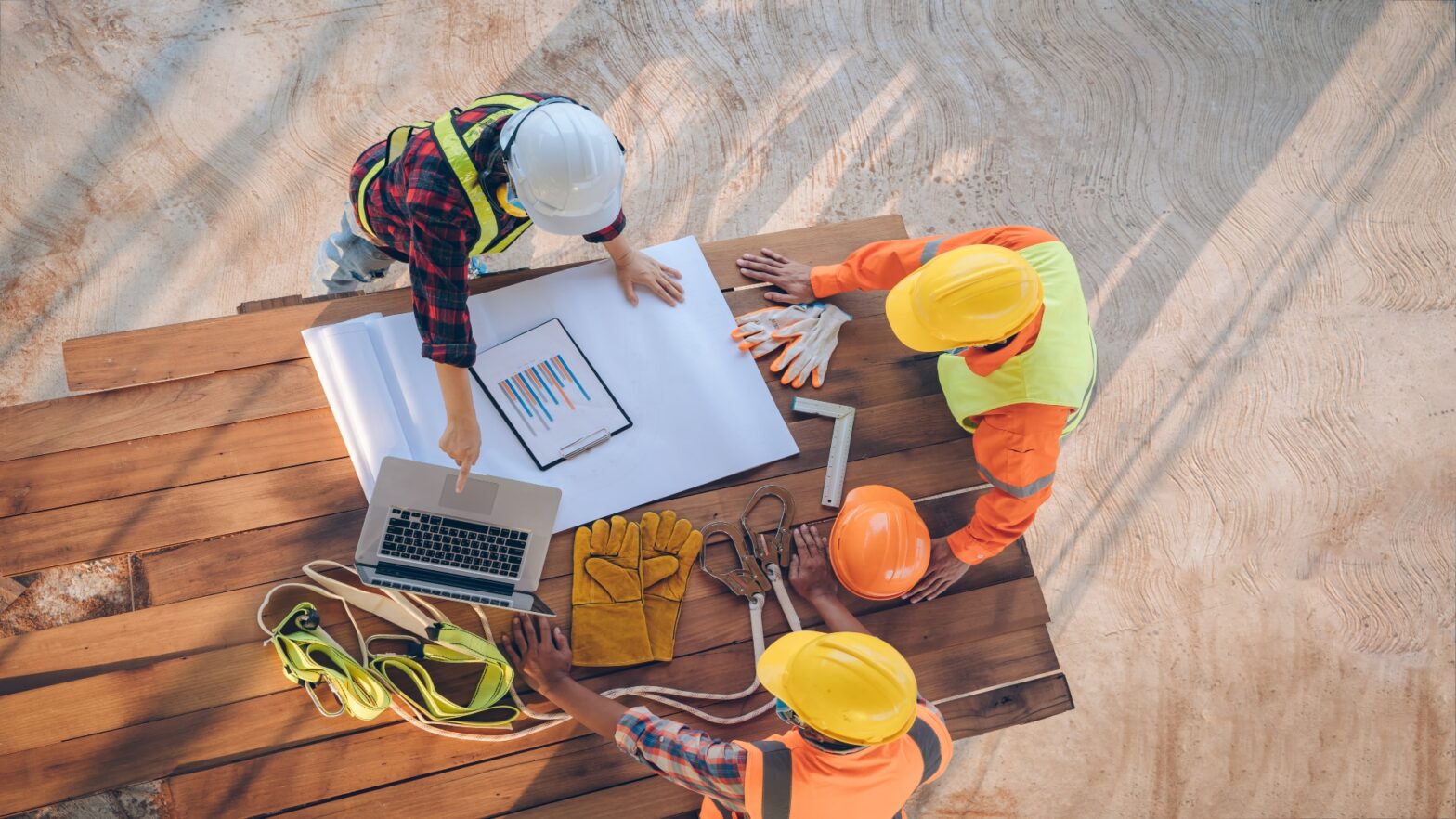The construction industry is a critical piece of the American economy. It is necessary for maintaining infrastructure, putting up new buildings, and improving current structures. It is also an industry that provides hundreds of thousands of jobs across the country. Although many construction workers and even civilians work on small projects frequently, we often think of construction in terms of large-scale projects.
Construction in 2024 looks very different than it did just ten years ago. The industry changes with every new technological innovation that maximizes efficiency and cuts down on costs. However, there are also still significant challenges for the larger construction projects that we see for big structures and important infrastructural elements.
Let’s take a look at some of the challenges and innovations currently happening in the construction sector.
The Challenges
Building and upgrading structures requires intense planning. These projects must have safe conditions for workers, but the end result also has to be functional and up to local codes. Here are a few challenges that the construction industry is facing today.
Injuries
As a whole, the construction industry is one of the most dangerous sectors for workers. Work sites have higher incidence rates than most other careers do outside of manufacturing and shipping. Injuries from falling objects, malfunctioning machinery, falls, chemical exposure, and even electrocution can put workers in danger, and the nature of this manual labor can lead to significant danger.
Diminishing Workforce
Large-scale construction projects require a lot of personnel to stay on track. Unfortunately, the makeup of the current construction workforce skews older, which is why so many construction companies are looking for workers to replace the massive wave of retirees. A smaller workforce means longer project times and greater expenses for construction financing.
Environmental Impact
Big construction projects have a huge impact on the environment. The more we use the planet’s resources, the more vital those that remain become. Construction that is efficient often relies on cheaper materials that harm the environment when they are produced, so the industry may do more harm than good for the planet.
The Innovations
Although there are plenty of challenges facing modern-day construction workers and firms, new technologies and processes can mitigate some of these issues or overcome them entirely. Let’s take a look at a few positives that are happening in the construction industry.
Artificial Intelligence
AI is getting a lot of extra funding around the world to improve research and expand the possibilities of this technology. AI is starting to play a role in structural engineering, as well as many other aspects of construction. For example, AI tools can promote better health monitoring practices for workers, assist with design optimization for more efficient construction, and even improve scheduling practices to keep projects on track.
Sustainable Materials
Sustainability is becoming a bigger priority for large-scale construction projects. Materials that are either renewable or last longer are being prioritized, resulting in projects that can stand the test of time by consuming fewer resources. For example, farmers who invest in agricultural buildings can use 60-ft trusses made of metal rather than wood to ensure sturdier roofs and greater longevity. The result is fewer materials needed over the lifetime of the building. Other builders are focusing on natural materials for construction, such as lumber, hempcrete, ferrock, cob, and stone to preserve the planet’s resources and lessen the environmental impact of producing them.
Drone Technology
Drones were first used primarily as cameras to get impressive images or footage from great heights. However, drone technology has improved significantly, opening up more diverse possibilities in construction. Drones can be used to monitor work sites for safety concerns. They can move small-volume materials throughout a site or even between different projects to minimize labor and time wasting. They can also play a part in aerial mapping for design planning. Some advanced models use thermal technology to detect overheating equipment, which can improve worker safety. Drones are just one technology solution that changes the construction industry for the better and will continue to develop going forward.
The Construction Industry is in a Good Place in 2024
Construction is one of the few industries that consistently sees steady growth each year. With all the large-scale projects happening across the country, there are numerous challenges that these crews face on a regular basis. However, innovation continues to keep up with the challenges, helping to minimize these obstacles and improve the construction sector overall. Between artificial intelligence, drone technology, and more sustainable practices, construction workers should continue to see improvement in their chosen careers while clients experience the fruits of that labor. Even the dangers associated with injuries, environmental impact, and an aging workplace can be overcome in the long run because of these recent innovations.




























